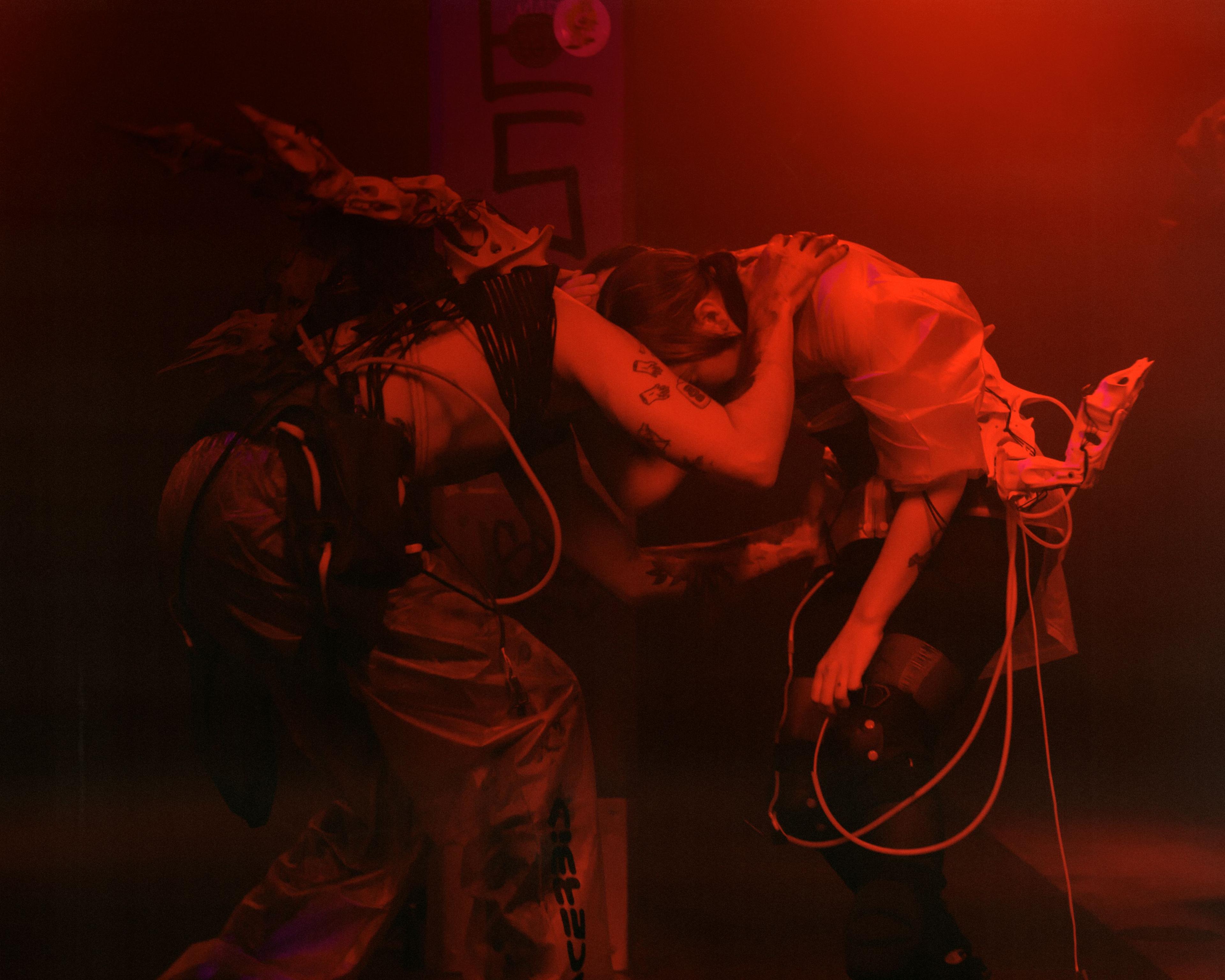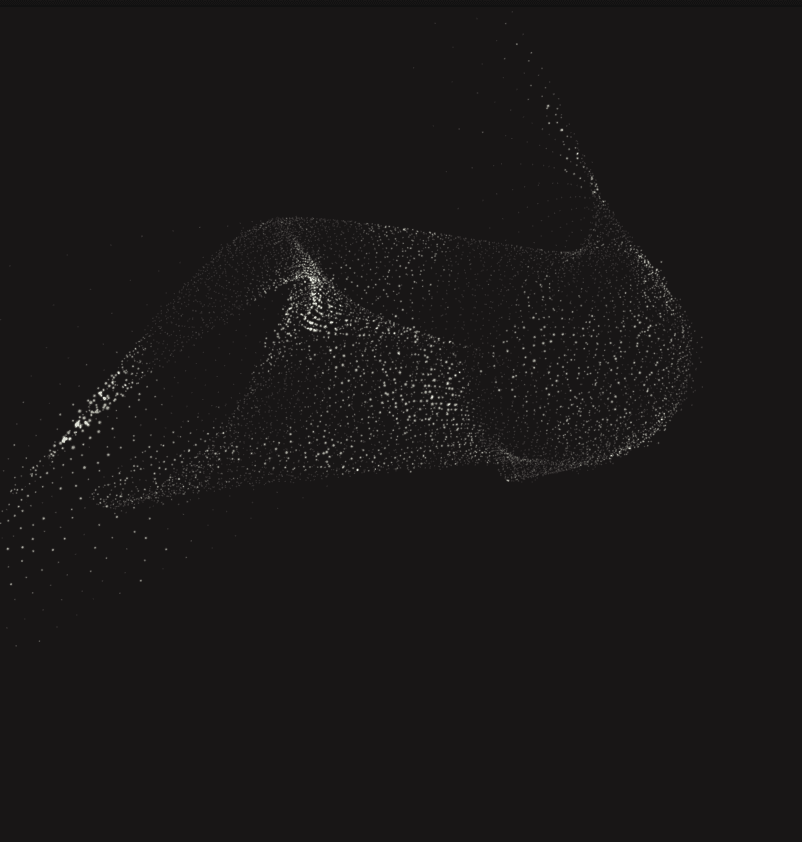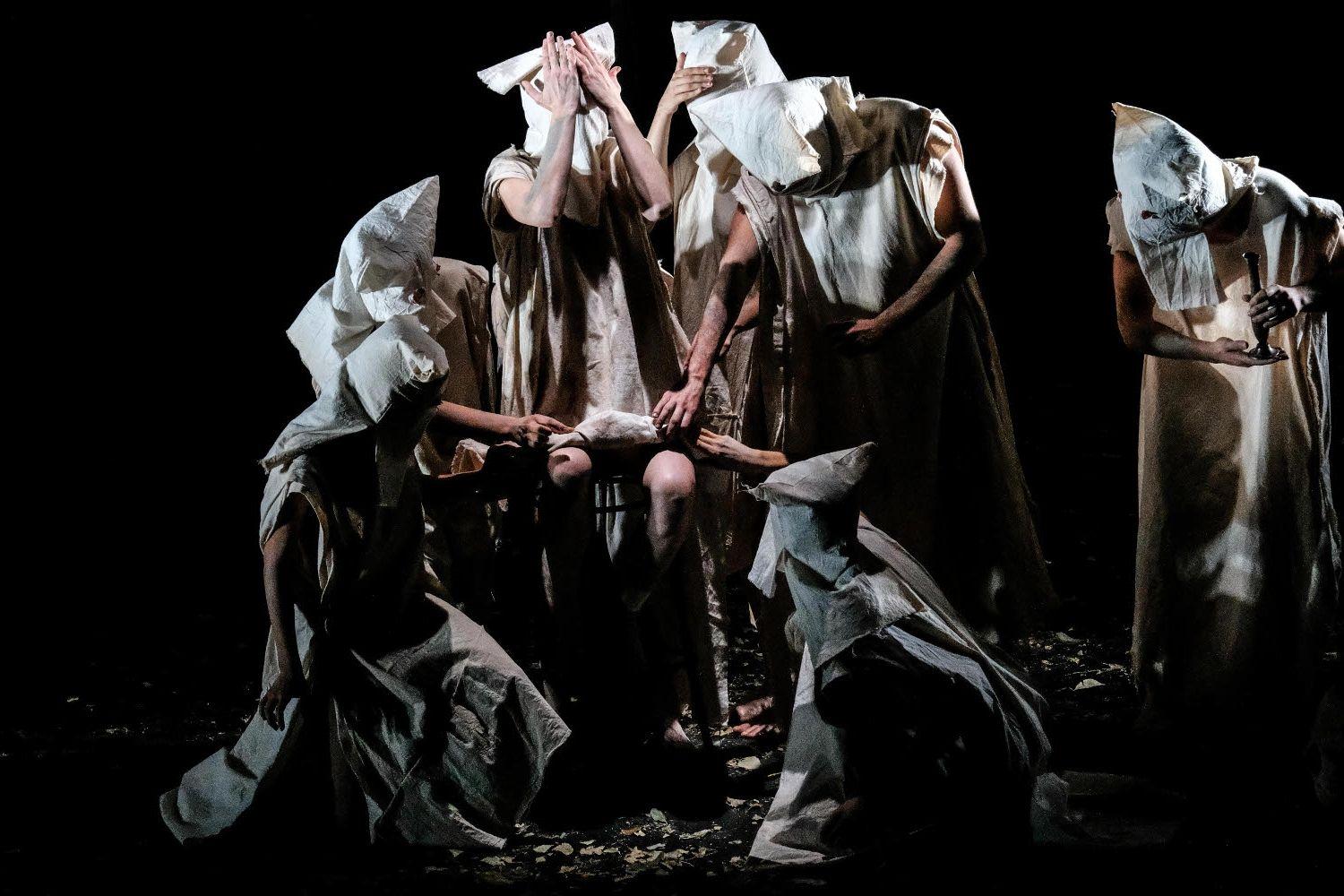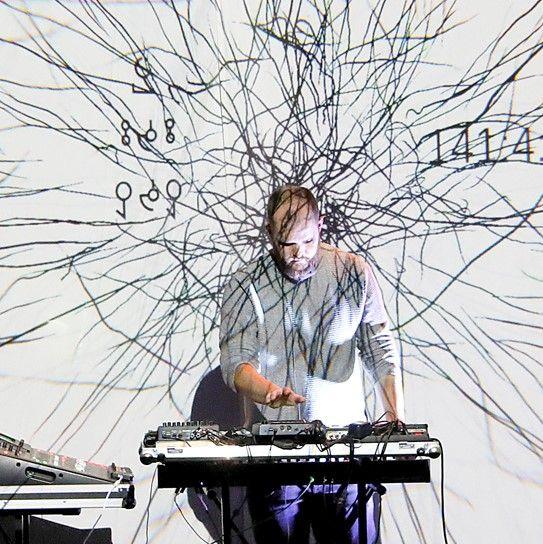Post-Organic Bauplan
completedFellowship

SummaryMotivated by a cross between art, technology and science, Post-Organic Bauplan research dance, visuals, expanded reality and motion capture systems, and play with the relationship between natural/artificial, organic/not-organic, body/space. Whilst at the Academy, Post-Organic Bauplan developed 'FASE DE CICATRIZACIÓN', a performance exploring digital, analogue and robotic bodies.
About FASE DE CICATRIZACIÓN (eng: Phase of Cicatrization)
In the last phase of cicatrization, fibroblasts form a new layer to replace lost epidermal tissue. This abundant collagen secretion not only forms a scar that persists visibly, but also alters the properties of local sensitivity and thus the memory of the body.
Through corrosive and raw landscapes, the exploration of Post-Organic Bauplan's practice is developed from the construction of, and interaction with, robotic prostheses and body research. For this instance we want to explore the relationship with holographic avatars and go further in the link between digital, analogue and robotic bodies.
We want to continue to research dance, visuals, expanded reality and motion capture systems to go further on the creation of environments that play with the relationship between natural/artificial, organic/not-organic, body/space. We are motivated by a cross between art, technology and science that is not focused on increasing the productivity of the body but rather on bringing up questions about it. This is important for us as it is our way of exploring, opening up different experiences for us as corporealities as well as a way of meeting and connecting with other people interested in the topic of post-humanism, robotics, body modification and movement.
Project Interview
Work Methodology
We generally start each process by choosing a concept that we take from biology science. Concepts such as autotomy, "bauplan", chimeric parasites, etc, are denominations that biological science uses to define different processes that take place in the body of different species (or between them). Then our methodology is divided into two main lines of work, which of course are not independent but shape each other:







